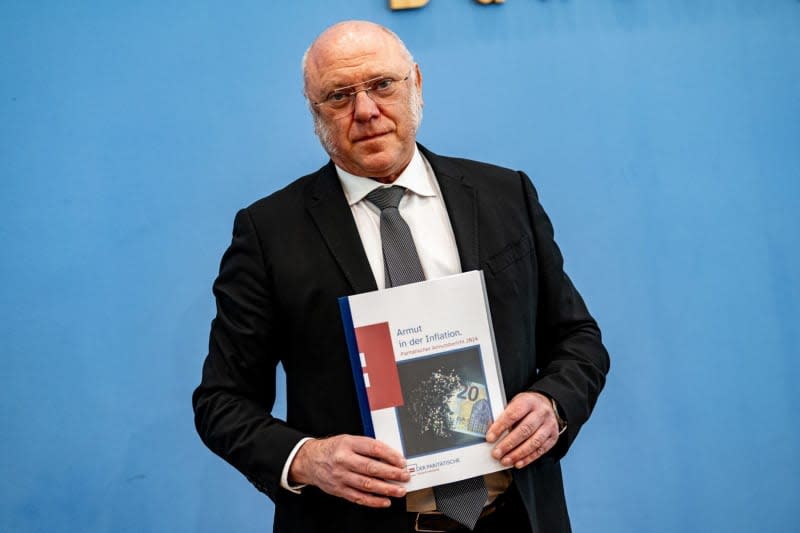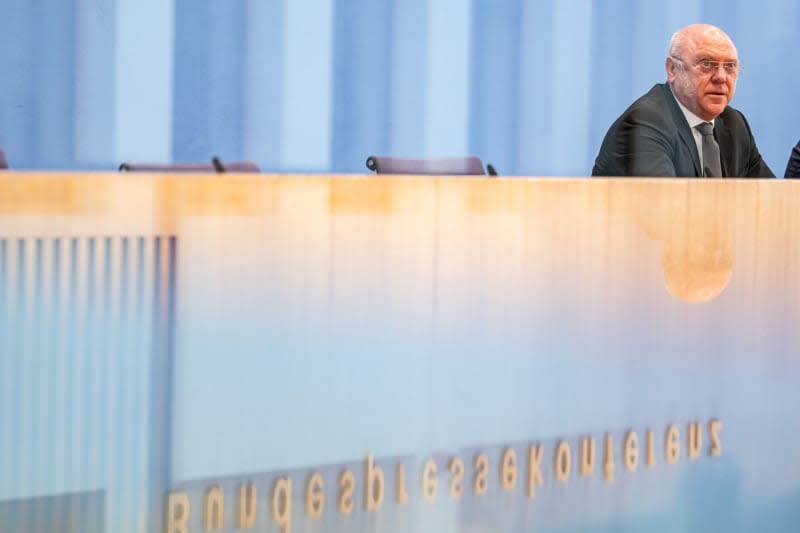Report: One in five German children affected by poverty in 2022

One in five children in Germany was affected by poverty in 2022, according to a report by the German welfare association Paritätische Wohlfahrtsverband.
At 21.8% of all children and young people, this was a "sad record," Ulrich Schneider, managing director of the association, explained at the presentation of the poverty report in Berlin on Tuesday.
A total of 14.2 million people in Germany were poor in 2022 - a rate of 16.8%. That is 100,000 more people than in 2021 and almost 1 million more than in the pre-pandemic year of 2019, said Schneider.
Compared to 2006, the number has risen by 2.7 million. According to the association, this was the year in which the upward poverty trend began.
In its analysis, the association refers to the Federal Statistical Office's microcensus. Reliable figures for 2023 will not be available until next year; the data for 2022 are the most recent, according to the association.
There are no signs of a trend reversal in the figures for 2023, Schneider explained.
According to the microcensus, those who are considered "poor" are categorized according to household type and net disposable income.
A single household without children reaches the poverty threshold at less than €1,186 ($1,288) in disposable income per month, while single parents with a child under the age of 14 are considered poor if they have less than €1,542 per month.
According to the report, the group of single parents and households with three or more children are particularly "income-poor."
Added to this are the unemployed, people with low educational qualifications and those with a migration background, who are disproportionately affected.
At 17.8%, women have a higher poverty rate than men.


